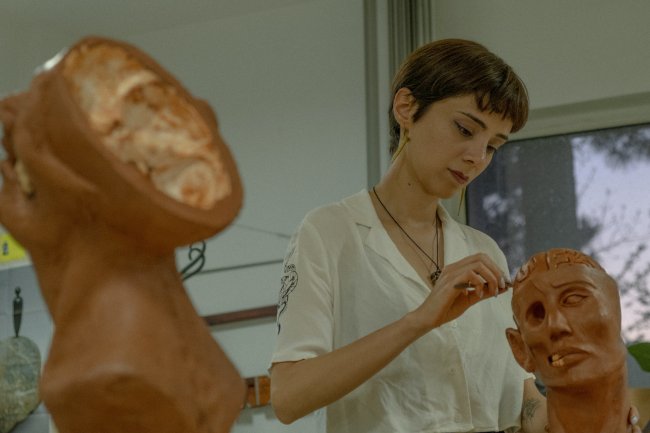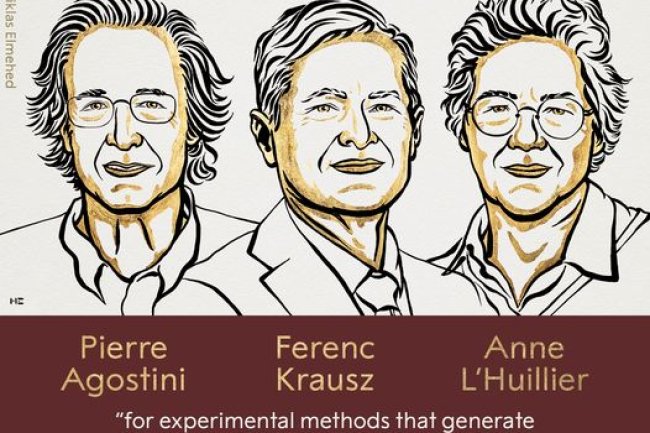Stem cell programming
Reprogramming stem cells and integrating nanotechnology with stem cell research...is it a promising future that humanity has been waiting for?

Today, the media informed us of the victory of Japanese Shinya Yamanaka and Briton John B. Gordon won the Nobel Prize in Medicine for the year 2012 for her pioneering work on stem cells, as the Nobel Prize Committee announced... The duo was rewarded “for their discovery that adult cells can be reprogrammed to become versatile”... What is the importance of this discovery???
Let us remember that we previously spoke in detail in more than one topic about the applications of nanotechnology for peaceful and military uses, in addition to “satanic” uses, as in control chips.
Let us first begin by learning about stem cells... Stem cells are undifferentiated cells that have the ability to divide, reproduce, and renew themselves to give rise to different types of specialized cells or create integrated organs. This feature is what made doctors pay attention to it and think about using it to treat many chronic and incurable diseases until now. These stem cells are divided according to source into two types: embryonic type, which is isolated from embryos in their early stages. And the somatic or adult type, which is isolated after the differentiation stage, where it was recently discovered that every human organ contains stem cells that compensate for the defect in this organ and have the ability to produce differentiated cells for other organs in what is called the phenomenon of flexibility or flexibility.
One of the most important ethical problems surrounding treatment with stem cells is the source of obtaining them if they are embryonic, as it is at the expense of aborting or killing the fetuses. Therefore, scientists began to think about other sources of obtaining these cells, including dead embryos, or biological fraud of cells, Or reprogramming somatic or adult cells, or using animal stem cells, and all of these alternatives need scientific and ethical controls.
Stem cells are cells found in all multi-cellular organisms. They have the ability to renew themselves through mitotic cell division, and they can differentiate into different types of specialized cells and tissues. Primary cells are considered to be in the early stages of ontogenetic development.
There are two main types of stem cells: Embryogenic stem cells. These cells are found in the initial embryonic cell mass of embryos known as bud cells, or (Embryoblast, Blastocytes), and the second type is Adult stem cells, which are cells present In adult and developing tissues.
Embryogenic stem cells are those that can develop into specialized cells and then into different specialized tissues (Pluripotent stem cells)... They are induced stem cells derived from the inner cell mass of the blastocyst, which is the embryo in its early stages. Human embryos reach the blastocyst stage 4 to 5 days after fertilization, and at this time they consist of 50 to 150 cells. Isolation of the embryoblast or internal cell mass (ICM) leads to the destruction of fertilized human embryos, raising ethical issues.
As for adult stem cells, in addition to another type of cell that is more specialized and differentiated into specific tissues called progenitor cells, they are used by the organism in the process of repairing injured or damaged cells, and they are also of great importance in Maintaining the vital functions of regenerating tissues such as blood tissue, the digestive system, and the skin.
Stem cell research flourished after the experience of two Canadian scientists (Ernest A McCulloch and James E Till) in 1960, when the two scientists injected radiation-treated mice with spinal cord cells, which led to the appearance of nodules in the spleen of the mice. These nodules were composed of cells that they called spleen colonies ( Spleen colonies) and they believed that they were stem cells due to the ability of these cells to renew themselves.
In 1998, the first embryonic stem cells were isolated in a laboratory, which led to optimism among scientists and patients alike in the possibility of finding a treatment for potentially incurable diseases and replacing damaged tissues with healthy ones. The isolated stem cells were pluripotent, i.e. It can differentiate into any type of tissue, but a major ethical and legal dilemma has surfaced. If we want to isolate this type of cell, this will lead to the death of the human embryos from which these cells were extracted. Therefore, Professor Yamanaka from Kyoto University in Japan attempted to overcome this ethical aspect. “If it were possible to help produce pluripotent stem cells without using human embryos, that would be ideal,” (Yamanaka).
In 2006, he succeeded in using a virus as a means of transmission to insert four genes into a mouse skin cell, which led to the beginning of the transformation of this cell into a primitive cell that can differentiate into any type of cell in the body. It was called induced pluripotent stem cells. A year later From this achievement, he used human skin cells, and then another dilemma came to the surface, which is that the virus may theoretically lead to its spread and multiplication of itself during cell division and thus the spread of diseases, and the gene used in the virus may be integrated into the gene, the DNA of the cell, or the structural structure of the cell. permanently, which may lead to the emergence of various cancerous tumors, or this fusion may lead to disrupting the functioning of some genetic genes in the cell, so it was necessary to devise a way to get rid of the viral vector, and this is what Professor Yamanaka did when he used the plasmid as a vector, and the plasmid It is a DNA outside the chromosomal system that can withdraw automatically and replicate itself without the need for the DNA of the chromosomal chromosomes. It can also merge and then withdraw automatically during the division process.
What's Your Reaction?






















